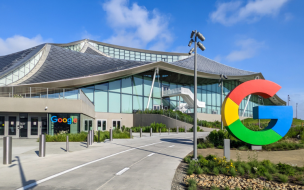“LinkedIn has data coming out of our ears,” says Charles Hardy, higher education evangelist at LinkedIn. He was speaking at a leaders’ summit organized by Graduway, an alumni networking company.
But the onset of technology and a new generation of globally mobile students mean business schools must work harder to secure applications, donations and eventually careers for their students.
By mining vast amounts of data, they are able to link students to alumni at certain companies.
“All institutions want to have as much professional data as possible,” says Daniel Keyworth, head of customer engagement at Blackbaud, a US-listed software services company that works with universities.
Daniel Porter-Jones, alumni relations and development manager at the University of South Wales, says a LinkedIn tailored to education will “revolutionize” alumni services.
Alumni officers are responsible for engaging with graduates to help students, and secure donations, among other duties.
“We look at something like LinkedIn as a really valuable tool for us to build a core of influential people to be our ambassadors,” says Daniel P.
But the collection of alumni data is being extended beyond graduates to include their non-alumni relations, says Daniel K. “Being able to capture that and understand the true ecosphere of everyone that may be willing to support us… Will become more important.”
Christine Fairchild, director of alumni relations at the University of Oxford and formally of Harvard Business School, says Harvard had a “remarkable organizational structure” that was often used to mine data, some of which were used.
But she adds that business schools need to be more disciplined and responsible when it comes to their data.
Nonetheless, big data is helping to form MBA rankings and universities’ league tables in particular.
Information about careers is now much more of a concern for prospective students, according to Daniel P at the University of South Whales.
“In the UK, the transparency and the careers destination, and the return on the investment, has (sic) become so much more focused in the last three years,” says Charles at LinkedIn.
But he adds that there are challenges in protecting members’ data. “We need to balance that with the need to facilitate these kinds of operations, and alumni relations is [just] one. There are many other sectors.”
Daniel K at Blackbaud says there is a caveat to collecting big data. “There’s no point in collecting all of this data unless we use it and really take advantage of it, and the technology needs to help us to do that,” he adds.
RECAPTHA :
8c
09
29
da








